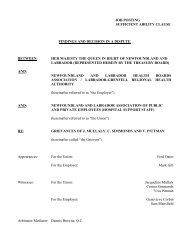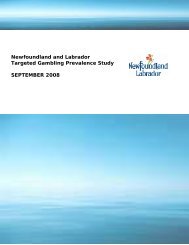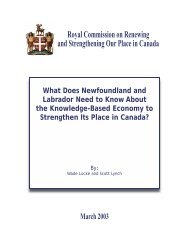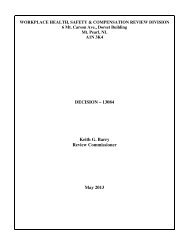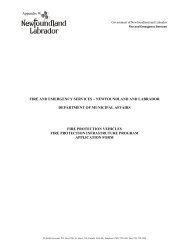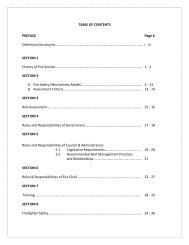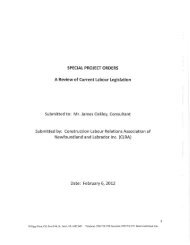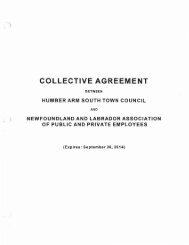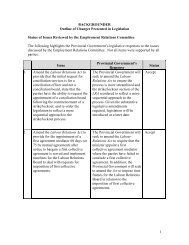Basic Level Pre-Course Reading
Basic Level Pre-Course Reading
Basic Level Pre-Course Reading
Create successful ePaper yourself
Turn your PDF publications into a flip-book with our unique Google optimized e-Paper software.
Chapter 5<br />
Control the Situation<br />
should be 100 metres. If the source of the contamination is outside, a distance of 900<br />
metres from the source of contamination is a required minimum. This distance should<br />
be stretched in the downwind direction according to the strength of the wind and<br />
extended beyond the reach of visible drifting contamination (smoke, fog, or a plume).<br />
These worst case scenario distances can be adjusted as the identity and the quantity of<br />
the agent are established.<br />
A second boundary called the Outer (security) Perimeter should be established at a<br />
greater distance to restrict public access and provide a secure working area for all<br />
responders.<br />
Specialists and technicians will establish more formal hazard zones. They will divide<br />
contaminated scenes into three areas designated the “HOT–WARM–COLD” zones.<br />
These areas are drawn out at increasing distances from the source of contamination.<br />
Tools like portable meteorology stations and agent detection instruments will assist in<br />
establishing these more precise boundaries. The zones are important to safety. They<br />
help define protective equipment requirements and identify where tasks, such as<br />
handling casualties and performing decontamination, will take place. These zones must<br />
be flexible and respond to changes in weather patterns or changes at the source of the<br />
hazard. The Hazard Zones may be similar to the perimeters that were laid out originally.<br />
• The HOT Zone is the area where the contaminant concentration is deemed to be<br />
sufficient to cause death or injury to unprotected personnel or responders employing<br />
inappropriate PPE. The pre-decontamination area is located at the designated exit<br />
area of the Hot Zone.<br />
• The WARM Zone is the area where decontamination of personnel and equipment<br />
occurs. The Warm Zone is critical as it contains control points that prevent the<br />
movement of contaminated casualties and equipment into the Cold Zone. The Warm<br />
Zone is also a staging area for equipment required in support of Hot Zone activities.<br />
The main decontamination facility is located at the egress point of the Warm Zone.<br />
• The COLD zone is a designated clean area with controlled access where the<br />
command centre and other key administrative (e.g., decontaminated casualty<br />
control) and logistical (e.g., transport) support areas are located.<br />
CBRN First Responder Training Program<br />
45<br />
<strong>Basic</strong> <strong>Level</strong> <strong>Course</strong>



